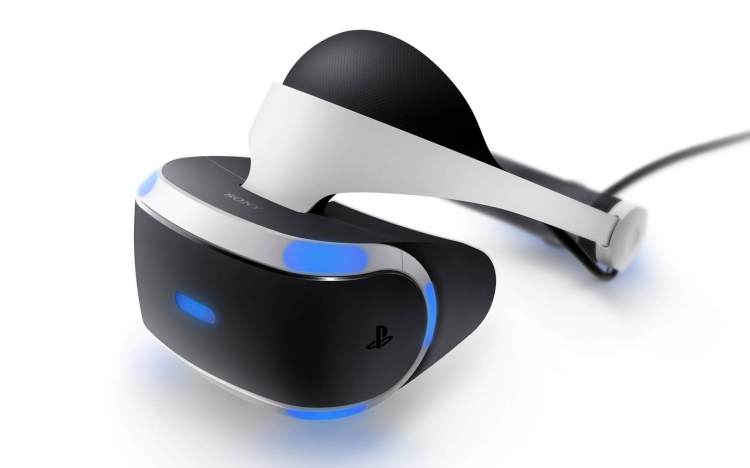Sony has the most refined design of any virtual reality headset on the market, and it’s the one I would most likely recommend to VR rookies — even if it have a few serious problems.
PlayStation VR is a $500 virtual reality system from Sony Interactive Entertainment. It requires a $300 PlayStation 4, and it ships October 13. With this head-mounted display, Sony joins companies like Oculus and HTC in the high-end VR space — but the publisher actually undercuts those competitors in terms of price when you include the necessary PC required to power the $600 Oculus Rift and $800 Vive.
Sony has spent the last year hyping PSVR, and now the immersive digital experience is here. And while I still think the PC-based options give you a better experience and more ways to experiment and tinker, Sony has delivered a package that is simple, relatively easy to set up, and good enough.
What you’ll like
Incredible design
The PSVR is a far more impressive piece of consumer electronics than either the Rift or the Vive. It looks sleek and futuristic, with a white-and-black plastic shell and glowing blue lights that track movements. Where the Oculus and the Vive look like they were put together by engineers, the PSVR design looks like it comes from artists.
But I don’t mean to disparage engineers — especially anyone who worked on the PSVR. This headset’s design distributes its weight all around your head using a halo-like crown that wearers can adjust with the press of a button. Once that is in place, you can tighten it with a dial that produces a satisfying clicking sound as you turn past each notch. And then you can pull the display over your eyes using another button.
All of these actions are smooth and elegant, and they really make you feel like you’re putting on a piece of sci-fi military equipment. And that puts Rift and Vive to shame.
Sharp screen and top-shelf optics
The impressive engineering applies to the inside of the device as well. I’ve used the Rift and Vive headsets for months now, and while those machines have some clear advantages, PSVR’s display definitely keeps pace.
Something about the PSVR looks crisper and cleaner than the competition when you’re not moving your head a lot. It still has distortion on the outer edges of the screen, and you can see the pixels and some noise if you are looking for it. Edges also go jaggy when you begin swiveling your view, but objects and text pop with clarity — and that’s important in gaming.
Virtual theater
The screen is so good when you aren’t doing a lot of motion that I am digging the PSVR’s virtual theater mode. This brings games and apps — really, the entire PS4 experience — into a giant simulated display that sits a few feet in front of you. I played multiple levels of Call of Duty: Modern Warfare Remastered, and I watched an episode of Designated Survivor on Hulu. Games, television, and movies all come out looking as if they’re equivalent to a 720P monitor, and I was willing to lose a tiny bit of resolution to get the effect of playing through Infinity Ward’s classic Modern Warfare levels on a movie screen.
Now, the display doesn’t reproduce colors particularly well when it comes to non-VR content, but it’s close. And for first-gen VR tech, I’m blown away.
Fully tracked gamepad
Many PSVR games support Move controllers that track the motion of each of your hands. That’s great in many situations, but sometimes you are going to end up playing a game that uses the DualShock 4 controller — and the PS4 can track that as well.
The DS4 has a lightbar, and that means the camera can see where it is in 3D space. This enables games to re-create the controller in the simulation with you, so you can see it at all times. That’s extraordinarily helpful, and it also makes the world more immersive.

Above: The camera can track anything that Sony puts one of those light-up balls or bars on.
Social screen
Sony knows that it has a chance to do something different with how it implements VR because it has a console that is also connected to a television that is probably in your family room. To take advantage of that, the publisher has the “social screen.” This mirrors all the action of what the person in VR is seeing on the TV. But it can also sometimes produce an asymmetrical VR experience where someone on the TV is doing one thing in the world while the player in VR is doing something else. That has a lot of potential for party games, but I also just appreciate that someone walking into the room can see what I’m doing so they don’t just assume I’m simulating something filthy.

